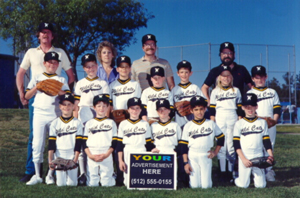This lesson is about organizing your persuasive essay so that you consider three important ideas before you begin writing: (1) purpose, (2) audience, and (3) context.

As you begin to plan your essay, keep these three ideas in mind. The order doesn’t matter because you’re going to consider all three at the same time. Here’s an example:
You are assigned an article to write for the school newspaper. It needs to persuade your peers to make better, more nutritious food choices at your school to celebrate National School Cafeteria Month. You immediately begin to think about the essay. You know that your audience will be students, teachers, and maybe a few parents. Your purpose is to persuade students to make healthier meal choices in the cafeteria, and the context is a month when there will be several articles on healthy eating to coincide with the celebration.
These thoughts occur almost simultaneously in your brain, but the important thing is that they happen. You actually think about purpose, audience, and context.
Let’s see if you can figure out how the writer thought about purpose, audience, and context in this New York Times passage, which describes the Little League World Series.

Source: Wildcats Team Picture, Kent Kanouse, Flickr
Want Instant Replay in Baseball? Try the Little League World Series
By Lynn Zinser
August 2, 2010
Little League World Series officials announced Monday that their instant replay system — in place for the past two years to cover mostly home runs or other close outfield-fence calls — would be expanded this year and managers would be allowed to challenge calls on forceouts, tags, missed bases and hit batsmen.
Under the old system, only umpires could call for the replays. Now, if umpires do not request a replay, managers can. They are allowed one challenge in the first six innings, although they would retain the challenge if successful. They would be granted another challenge in extra innings.
“As we have seen even in the professional ranks, certain calls in baseball are among the most difficult for officials to make, for a variety of reasons,” Stephen D. Keener, the president of Little League Baseball, said in a statement. “Using video replay, since we have the means to get the call right, is the right thing to do.”
On replays, umpires would review ESPN’s 12 camera angles to make the decision. The system was used only twice in the first two years, with neither call reversed.
Umpires at the Little League World Series — scheduled this year for Aug. 20-29 in South Williamsport, Pa. — are volunteers who have worked their way up through local leagues. They can call a World Series only once.
“Our volunteer umpires do a terrific job as it is, and always have, in their one and only opportunity to umpire in the world’s greatest youth sporting event,” Keener said. “So we let them know this is just another tool to help them do their job. This retains not only the human element in the process, but the volunteer element.”
 Using your notes, answer the questions that follow. When you’re finished, check your understanding to see possible responses.
Using your notes, answer the questions that follow. When you’re finished, check your understanding to see possible responses.- Who is the audience for this description of the Little League World Series?
- What is the purpose of the article?
- What is the context of the article?
Sample Responses:
- The audience for this article would be fans of Little League baseball and the Little League World Series and maybe just people who enjoy sports of all kinds.
- The purpose is to inform and perhaps persuade the readers that it is really necessary to have instant replay in the Little League World Series.
- The context is the annual contest among the best little league teams in the world.